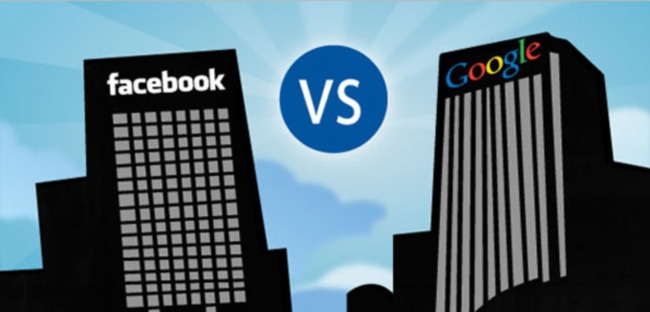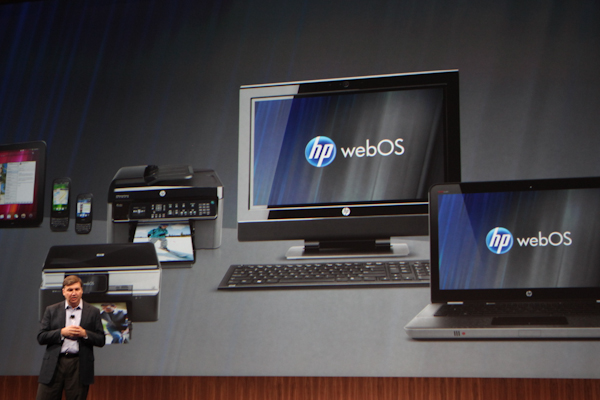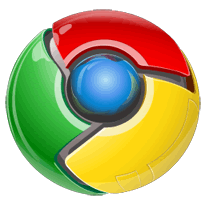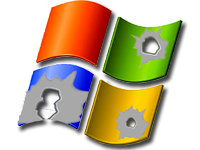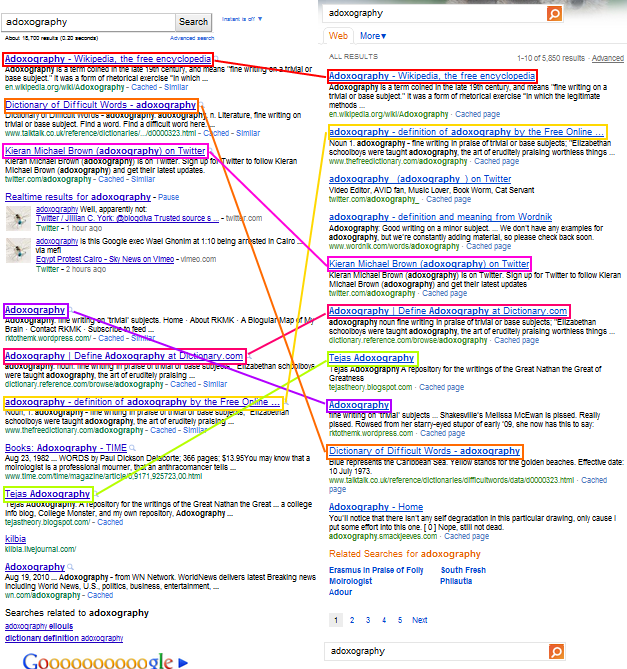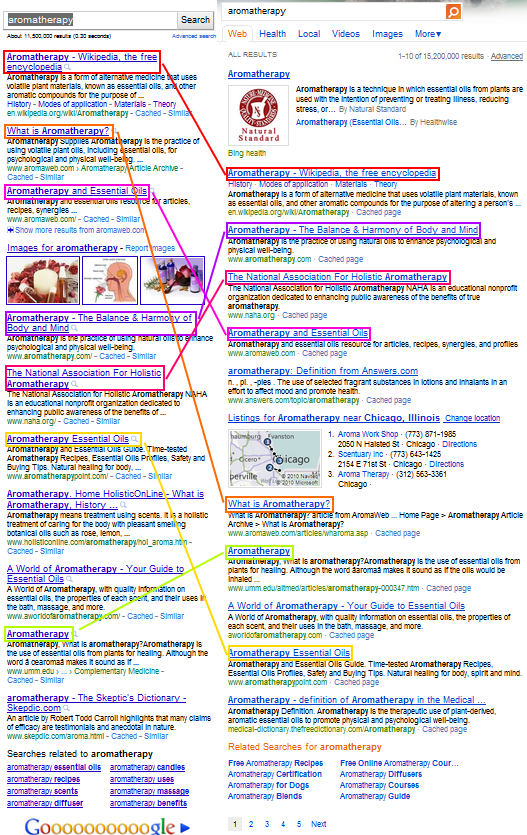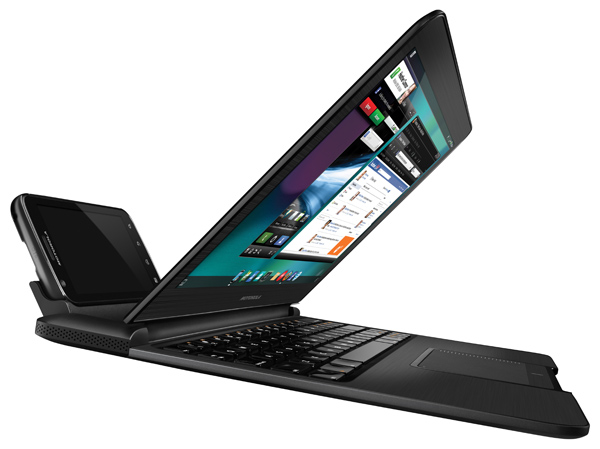The Motorola Atrix 4G and Laptop Dock was one of our favorite new devices at CES, but the company has priced it so high that it's hard to see anyone shelling out the cash to buy the phone and peripheral.
The Motorola Atrix 4G was one of our favorite devices at CES this year (pics and hands-on impressions here). The Android phone itself is sleek and powerful, but what separates it from the pack is the ability to dock with a laptop shell and become a full netbook, complete with Firefox and some productivity software. Better, the Laptop shell holds an 8 to 10 hour charge, and will actually charge the phone while it powers the dock. But the looming question has always been its price. In order for the Atrix 4G + Laptop Dock concept to make sense, it had to cost less to own than simply buying a phone and netbook separately. Unfortunately, as we feared, Motorola and AT&T have completely blown it. The Atrix 4G will hit shelves on March 6, but the Laptop Dock is too expensive to justify buying.
Assuming you’re looking to own a netbook and a smartphone, which is the market Motorola is targeting, here is what it costs to own a Motorola Atrix 4G and its accompanying Laptop Dock. For the purposes of picking plans that are actually usable, I have avoided AT&Ts 200MB data plans.
Cost to own an Atrix 4G + Wi-Fi Netbook
+ $200 for Motorola Atrix 4G (w/2-yr contract)
+ $600 for “DataPro 2GB smartphone data plan“ ($25/mo for 24 months)
+ $315 for ASUS Eee PC Seashell 1005PE-MU27-WT 10.1-Inch Windows 7 Netbook
_________________________________________________________
$1,115 for two great devices with 2GB monthly data (find a way to tether the netbook yourself)
Cost to own an Atrix 4G + 3G connected Netbook
+ $200 for Motorola Atrix 4G (w/2-yr contract)
+ $600 for “DataPro 2GB smartphone data plan“ ($25/mo for 24 months)
+ $10 for Samsung Go Windows 7 Netbook from AT&T (w/2-yr contract)
+ $1,440 for “DataConnect 5 GB” ($60/mo for 24 months)
_________________________________________________________
$2,250 for two connected devices with 7GB of monthly data
Cost to own the Atrix 4G + Laptop Dock
+ $600 for Motorola Atrix 4G + Laptop Dock bundle (w/2-yr DataConnect contract)
– $100 mail-in-rebate (obtainable after 60 days of mailing)
+ $1080 for required “DataPro 4GB for Smartphone with Tethering plan“ ($45/mo for 24 months)
_________________________________________________________
$1,580 for one device that becomes a netbook and is limited to 4GB of data
The economics don’t make sense
Motorola is charging $500 to buy the Laptop Dock by itself without a plan. How on earth is it worth that much money? Most netbooks AT&T sells max out at $450, and netbooks outside of the carrier cost a lot less than that. Essentially, the Laptop Dock is a screen, a keyboard, and a battery. The device has no CPU, RAM, harddrive, or anything inside of it. This device should not cost more than $200 without a plan. That puts its price about $100 under the price of a standard netbook ($300-$350). Bundled with the Atrix 4G (and contract), it should cost about $300-$350. Bottom line, it should match the price of a netbook.

Why can’t it cost more? Well, because it offers a lot less. As novel an idea as the Atrix 4G Laptop mode is, it makes a weak substitute for a full-fledged netbook. It has a Firefox browser, 15-inch screen, and some basic document editing software (very basic), but doesn’t have great stats for a laptop. The gigabyte of RAM and dual-core processor are great, but the 16GB of internal memory, lack of a Webcam, low desktop resolution, and lack of available applications and games leave a lot to be desired. Since it runs a variant of Android/Linux in its Laptop mode, there are few to no applications built for it yet. Motorola will likely release a few, but unless the concept takes off in a major way, browsing the Web on a big screen with a keyboard is the only major advantage of the Atrix 4G Laptop. But at its current pricing, you could buy a decked out netbook and do a helluva lot more with it for much less money.
Conclusion
While the Atrix 4G + Laptop Dock is definitely a better deal than buying an Atrix 4G (or other Android phone) and a 3G connected Netbook, I can’t see how anyone who wasn’t rich, lazy, desperate, or a combination of the three would choose either option at AT&T’s current data and device prices. The most economical way to go is to buy a $200 Android smartphone like the Atrix 4G and also buy a Wi-Fi netbook like the ASUS Eee PC Seashell Windows 7 Netbook for $315. With some ingenuity, you can find a way to tether your phone and netbook without AT&T’s crazy tethering plan. Even if you do decide to go legit and opt for the $45-a-month tethering plan, it works out to $1,595, a mere $15 for a fully functioning Windows 7 computer that doesn’t need a phone jammed into it to operate.

The Atrix 4G + Laptop is one of the coolest ideas we’ve seen, but the only way such a concept will take off is if it’s either A.) much better than a standard netbook and phone separately, or B.) cheaper than the alternatives. Sadly, The Atrix 4G + Laptop Dock is neither.
